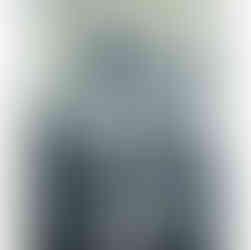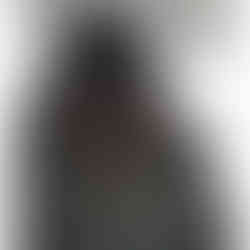Shui-mo: From Brush to Film, a Dialogue Between Painting and Photography
- Olivier

- Aug 31, 2019
- 4 min read
Updated: Aug 7
A personal and introspective look at how these art forms, separated by time and culture, converge in their pursuit of minimalism. Drawing from the Chinese representation of landscapes, simplicity, emotions, and transcendence also find a canvas in the photographic portrayal of minimalist landscapes. Quietness and the emphasis on negative space then become two major features of the works produced.

Main sources of inspiration for my photographic work, Shui-mo, just like the Japanese Sumi-e, are governed by both philosophical and technical principles. They offer a simplified and "essential" vision of landscapes.
In this second article dedicated to Shui-mo, I explore the relationships that can be established between the principles defining Chinese ink painting and monochrome landscape photography as I cherish it. A small philosophical reflection.
Through the lens of my camera, I attempt to capture moments of silence, minimalist scenes where each element occupies an unchanging place. When I consider the richness and depth of Shui-mo painting, I feel in some ways in harmony with a tradition that also values sobriety and silence. Drawing humble inspiration from this line of thought, I try to convey, in my own way, the essence of the landscape as I perceive it.
The film (or sensor) then becomes a form of virtual brush that prints, through the play of light and contrasts, the structure of the scene reduced to its simplest expression. By skillfully using the filled and empty spaces in his compositions, the minimalist photographer expresses the presence and absence of the constituent elements of a landscape. He evokes, suggests, or reveals the power of these elements by deciding whether or not to include them in his frame. The same is true for traditional Chinese or Japanese painting.
Shui-mo is a dance of ink and water, a visual meditation where every brushstroke has its purpose. This art form places great importance on empty space, the "Ma" (間), a concept that refers to the gap, the in-between. This space is not merely an absence, but a subtle presence that breathes life into the entire work.
My library: Capital of Heaven. Marc Riboud | Celestial Realm The Yellow Mountains of China. Wang Wusheng
In the same way, as minimalist landscape photographers, we seek to compose with emptiness, to play with negative spaces so that every part of the image, whether dark or light, tells a story. We then trace, through chemical (darkroom) or electronic processes (computer), the mental vision we have retained of the observed landscape. And this as close as possible to this idealized reality.
The landscape in Shui-mo is often more an emotional interpretation than a literal representation. It's not just about capturing a scene, but about expressing an essence, capturing the soul of a moment. In my own practice, I don't just document the landscape; I strive to transcend the tangible to touch the universal.
Therefore, the landscapes as I like to represent them are generally devoid of any embellishment, stripped to the extreme, with the aim of creating a sense of eternity and serenity, values that I also find in Shui-mo.
This age-old tradition of Chinese painting also inspires me with its spiritual dimension. It's not simply a method to create beautiful images; it's a path towards a deeper understanding of nature and, by extension, oneself.
In Shui-mo, the act of painting becomes a form of meditation, where the artist immerses themselves in the present moment. In photography, I try to feel a similar experience when I contemplate a landscape. With the camera in hand, waiting for the right moment to press the shutter becomes a state of mindfulness, a temporary harmony with the world around me that I observe with as much attention as possible.
Extracting oneself from all prejudice and mentally clearing the mind then accelerates this process of symbiosis between a subjective perception and the objective landscape.
In essence, Shui-mo is, for me, much more than just an artistic or aesthetic technique. It symbolizes a deep and timeless philosophy that resonates in my quest for minimalism, tranquility, and simplicity. These concepts are not just generators of visual outcomes but ways of living, perceiving the world, and fully engaging in it as a photographer.
When I observe and choose a framing for a new image, I feel the privilege of being in dialogue with a millennial tradition. It's not just an interaction with the physical landscape, but a mental connection with the values and principles of a tradition preserved through the ages.
Each image then becomes, for me, a new chapter in an artistic and philosophical conversation with this age-old landscape tradition. It establishes a bridge between the past and the present, offering me a new opportunity each time to honor this philosophy that has inspired my work and my worldview for so many years.



















